In Studio
Everything I do is rooted in my Vietnamese American, immigrant experience. When I was very young, I noticed that so many Vietnamese women, including my aunts and cousins, were named after flowers. I knew my name was not a flower. When I asked my father about it, he told me that when he named me, he wanted my name to be more than decorative, and that my name meant “wisdom.” He hoped I would grow up to become a scholar.
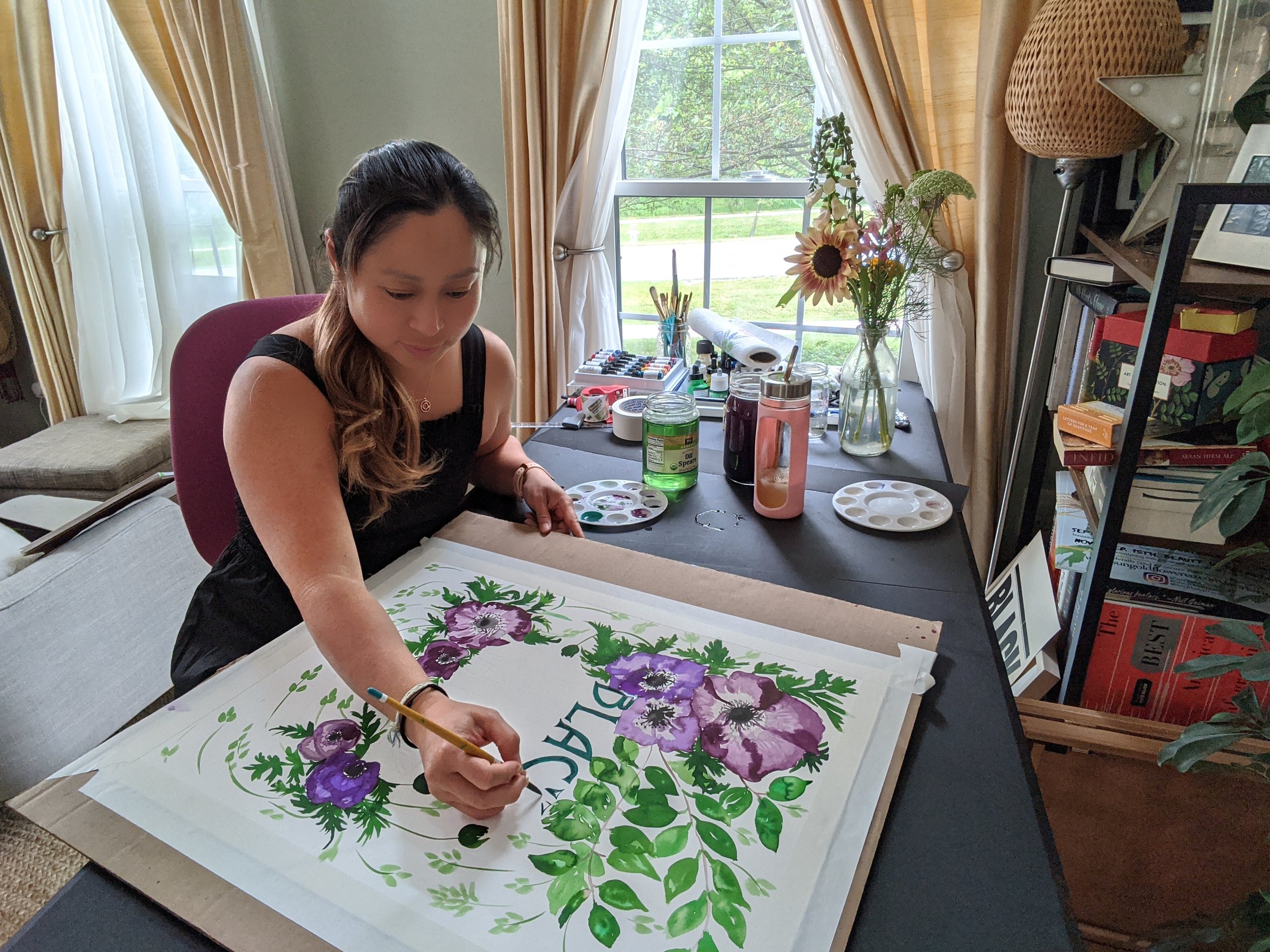
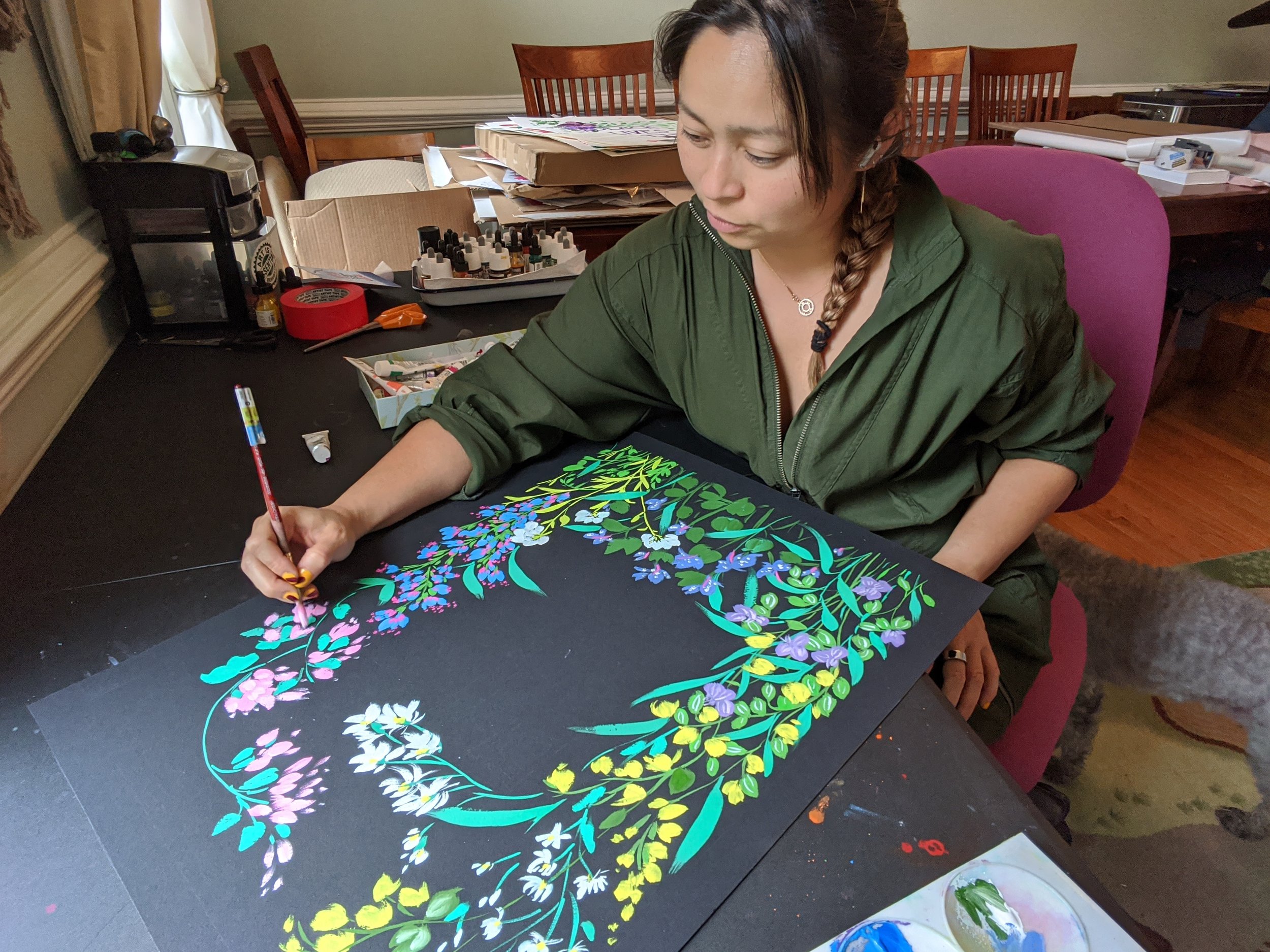
So much of my immigrant experience has been trying to live up to my parents’ expectations–tending to those strong roots they planted–and also growing into myself, and blossoming where I found sun. First, I became a scholar like my father wanted, and I studied and taught poetry. Then, because art has always helped me express my identity most fully, I became a painter. I paint in the language of florals because they are part of the history of my people. Flowers have mythological significance across cultures. In Hamlet, we have rosemary for remembrance and daisies for innocence. Some of us give red roses to symbolize love. Celebrations are often overflowing with flowers. And when someone is sad or needs comfort, we turn to flowers as well.

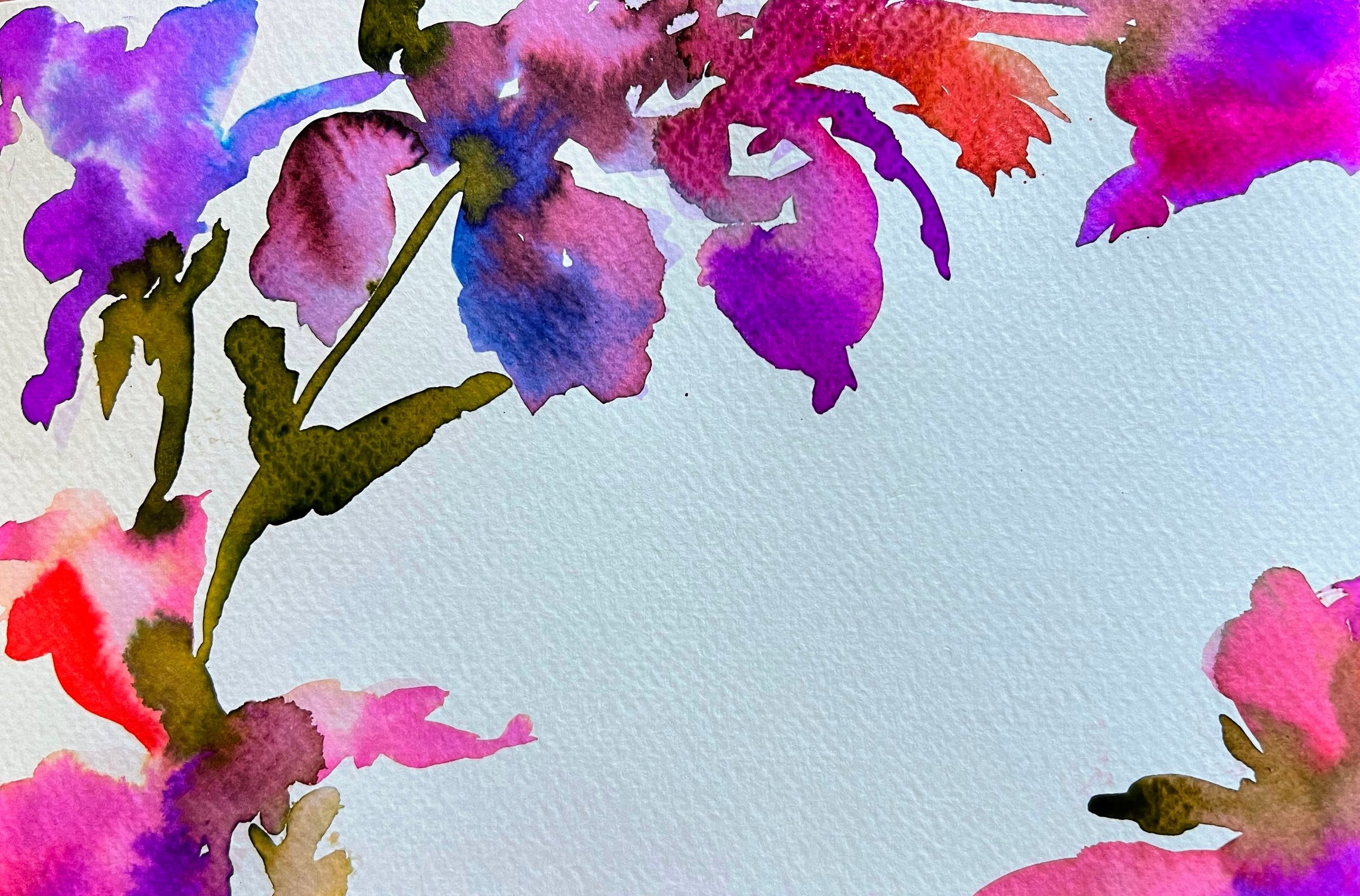
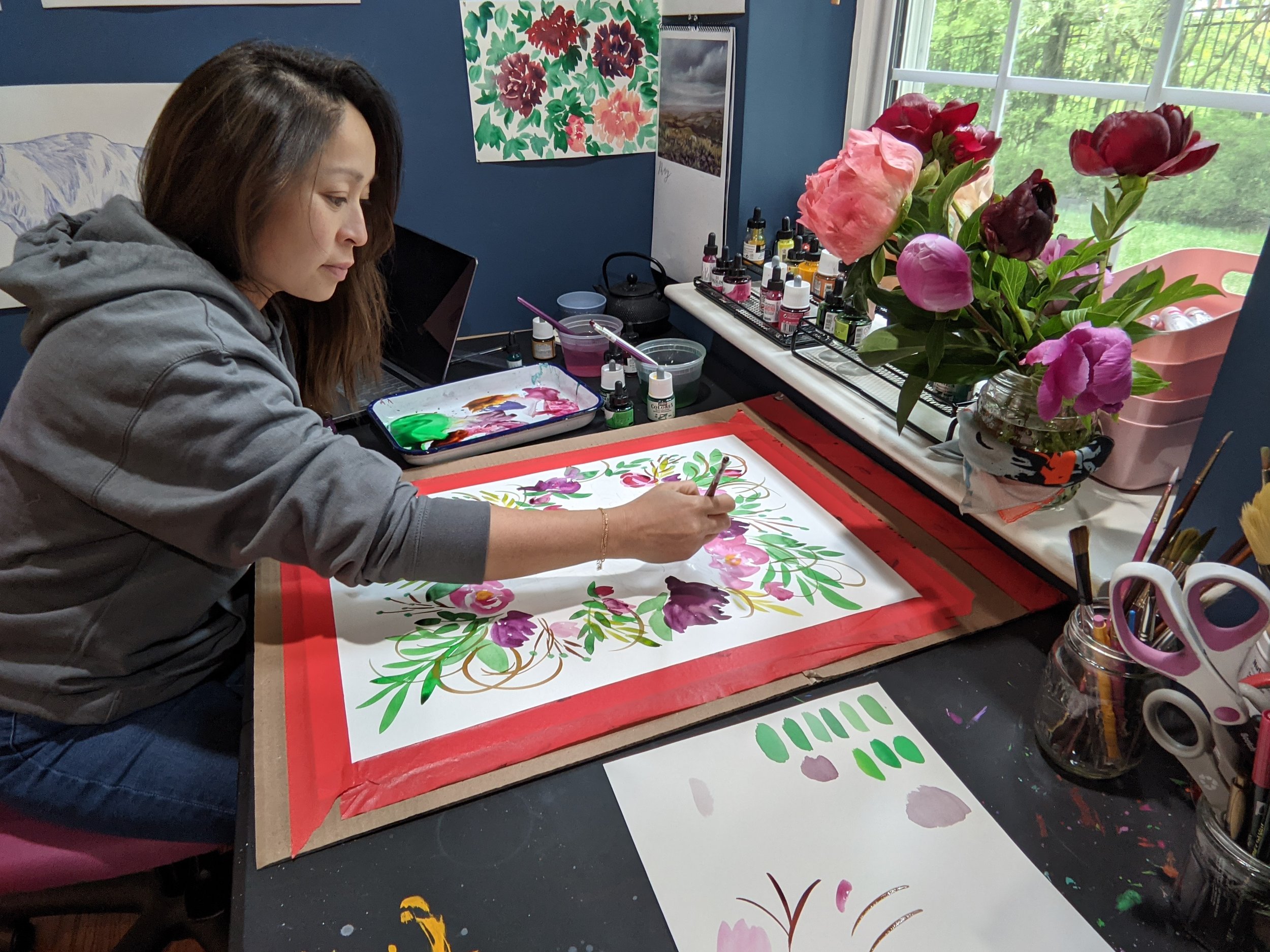
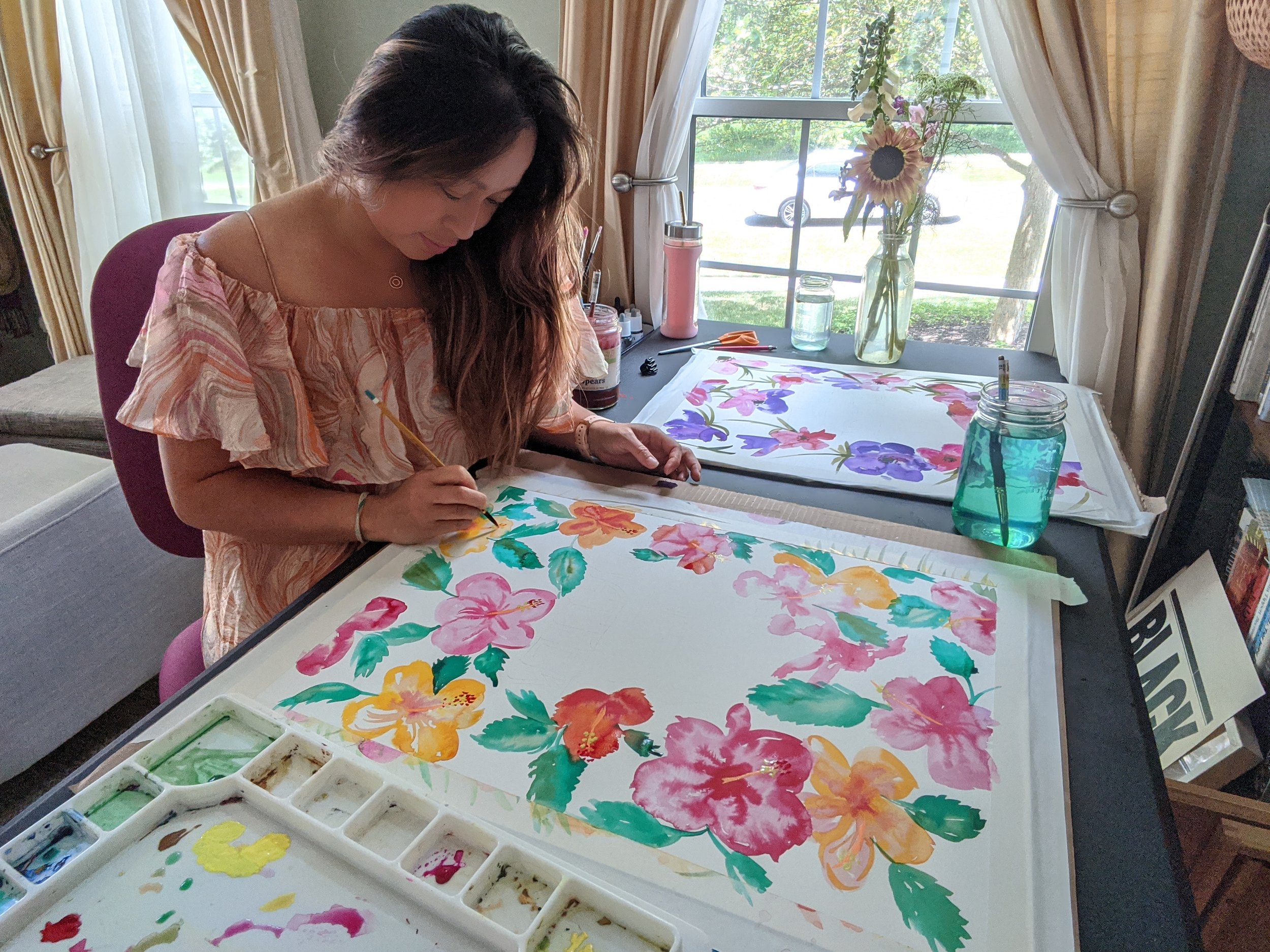
Even though my parents decided to break with the tradition of naming me after a flower, I am somehow circling back to it in my work. Traditions aren’t so easy to break, after all. Our names are flowers, our songs are flowers, our food is flowers. If I could paint a woman, her mouth would be open and flowers would be spilling out of it. I have painted all these flowers for you, for us.
This statement is from Thu Anh Nguyen’s The Greatest Poem.